GPCR/G protein

All GPCRs share a common seven trans-membrane structure. GPCRs are associated with heterotrimeric G-proteins which are GTP-binding proteins made of alpha, beta, and gamma subunits. When a ligand binds to GPCR, it activates the attached G-protein, the GDP is replaced with GTP. The activated G-protein then dissociates into an alpha and a beta-gamma complex which activates downstream signaling pathways. These intracellular signaling pathways include cAMP/PKA, calcium/NFAT, phospholipase C, protein tyrosine kinases, MAP kinases, PI-3-kinase, nitric oxide/cGMP, Rho, and JAK/STAT.
GPCRs are one of the most important therapeutic targets for various diseases, over 30% of all modern medicinal drugs target this family. Aberrant GPCR functions are involved in pathological conditions such as neurological, immunological and hormonal disorders. A large number of GPCRs have been identified, but whose ligands are not known, are classified as orphan receptors.
-
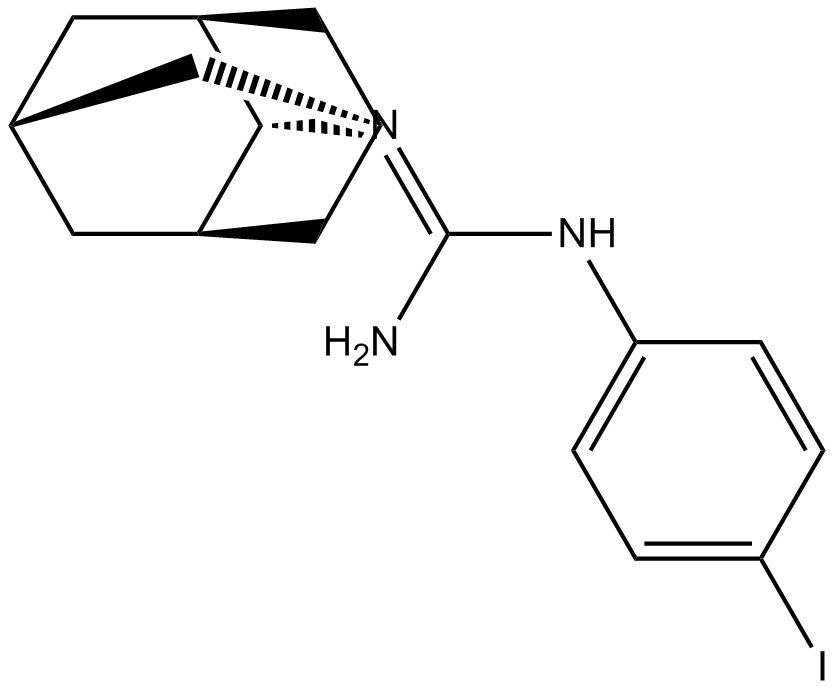 B5007 IPAGSummary: Potent σ-receptor antagonist
B5007 IPAGSummary: Potent σ-receptor antagonist -
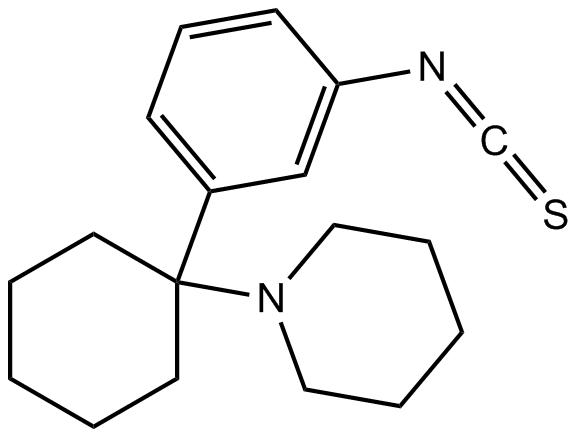 B5009 MetaphitSummary: Acylator of PCP and σ-receptors
B5009 MetaphitSummary: Acylator of PCP and σ-receptors -
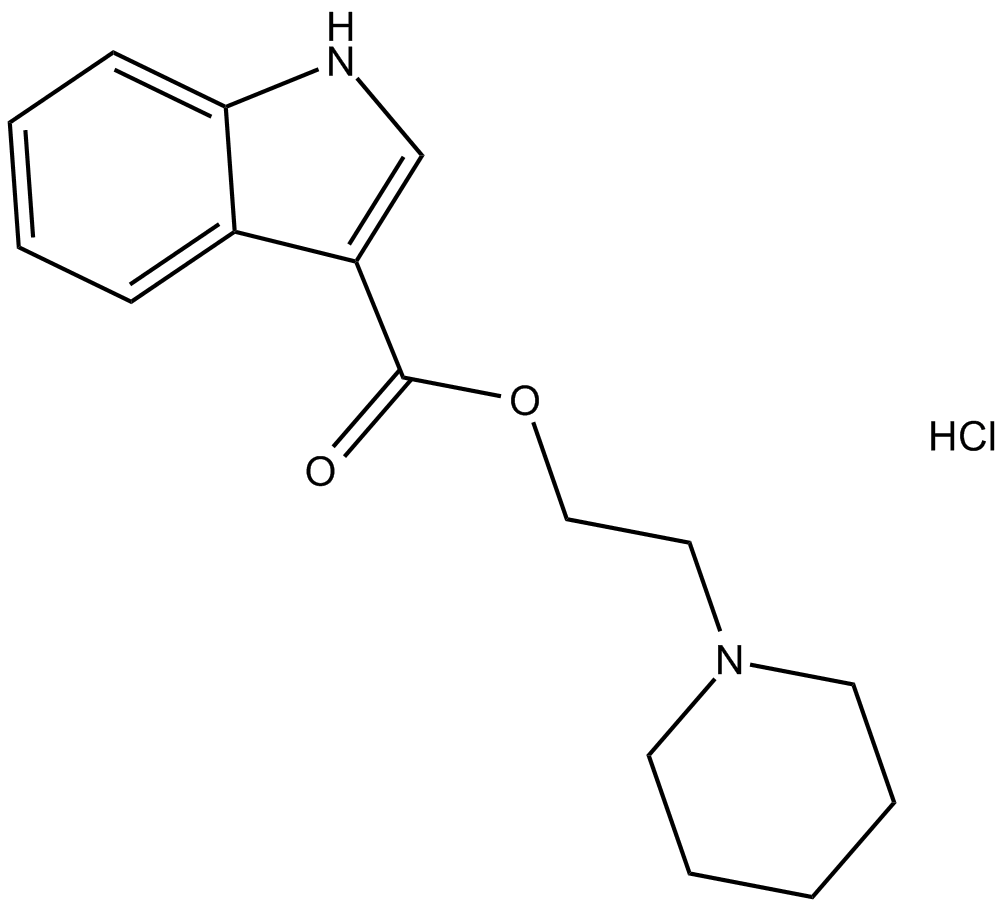 B5018 SB 203186 hydrochlorideSummary: Potent 5-HT4 receptor antagonist
B5018 SB 203186 hydrochlorideSummary: Potent 5-HT4 receptor antagonist -
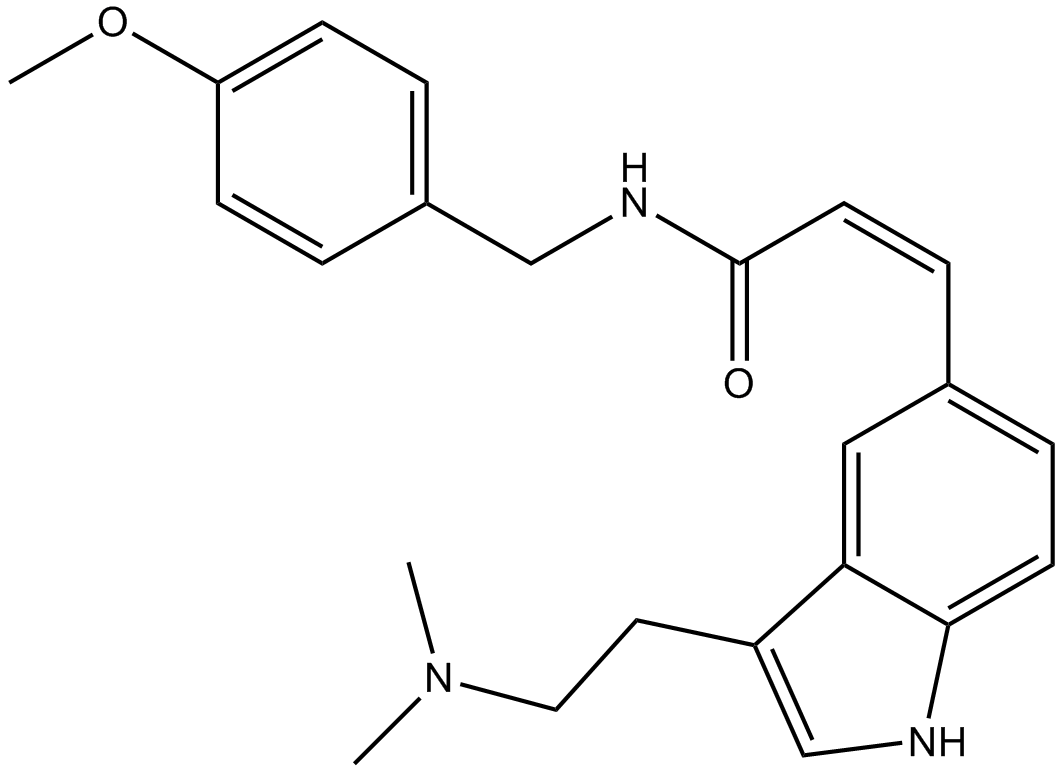 B5026 GR 46611Summary: 5-HT1D receptor agonist
B5026 GR 46611Summary: 5-HT1D receptor agonist -
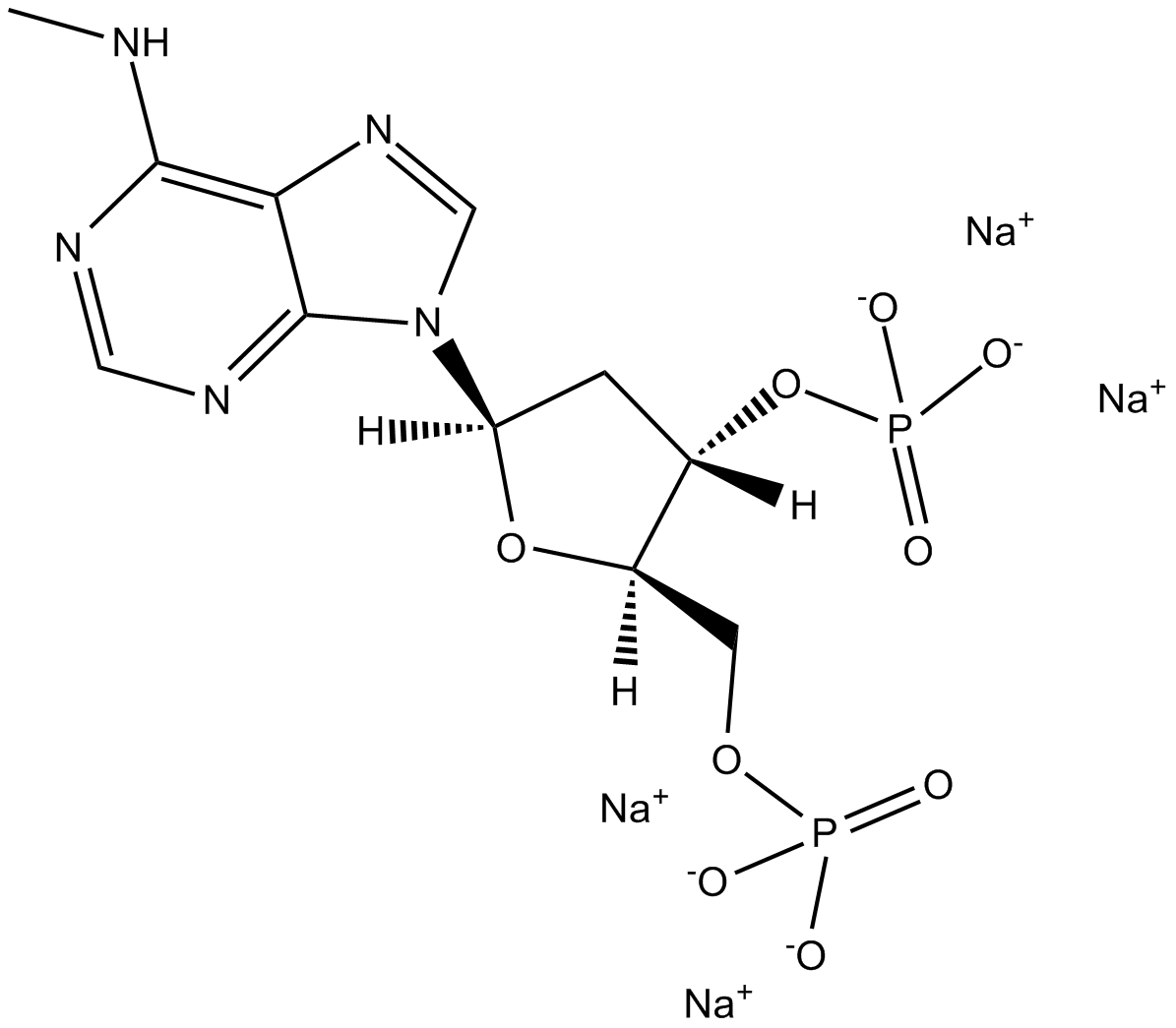 B5032 MRS 2179 tetrasodium saltSummary: competitive antagonist at P2Y1 receptors
B5032 MRS 2179 tetrasodium saltSummary: competitive antagonist at P2Y1 receptors -
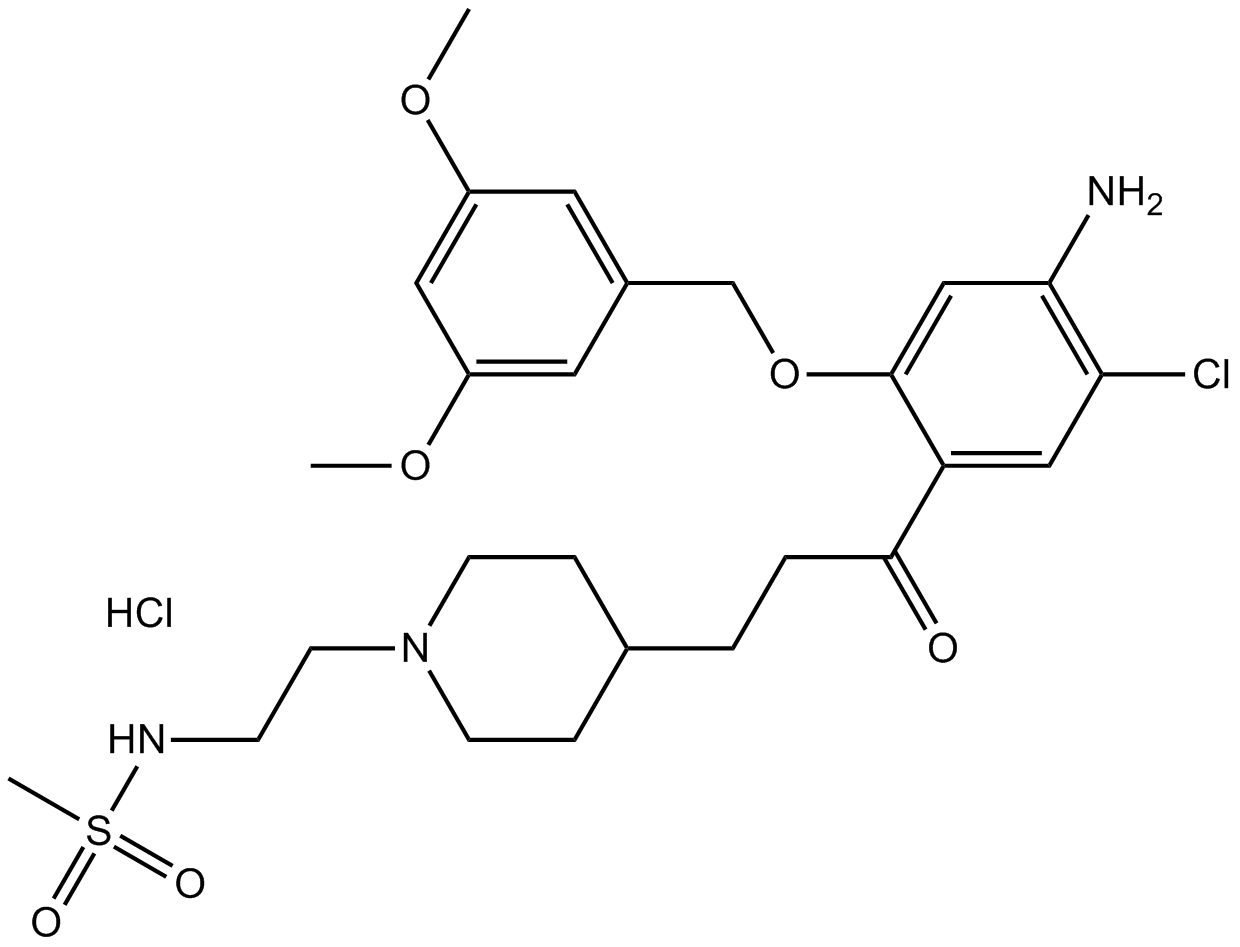 B5042 RS 39604 hydrochlorideSummary: potent and selective 5-HT4 antagonist
B5042 RS 39604 hydrochlorideSummary: potent and selective 5-HT4 antagonist -
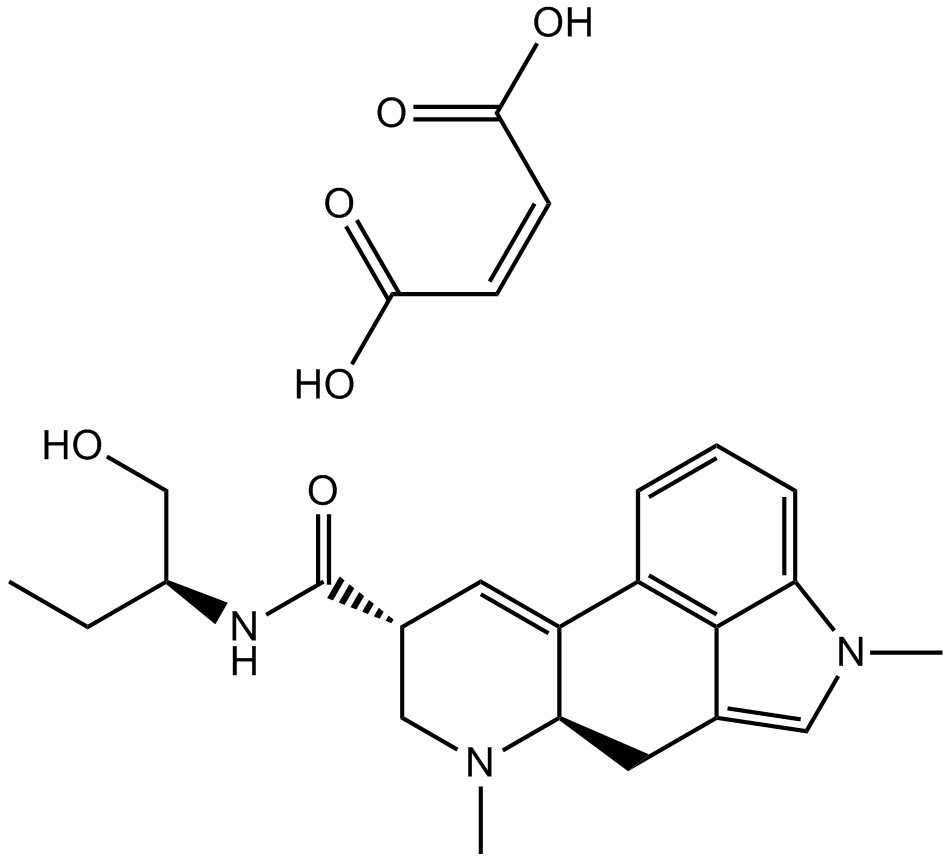 B5046 Methysergide maleateSummary: Mixed 5-HT1/5-HT2 receptor antagonist
B5046 Methysergide maleateSummary: Mixed 5-HT1/5-HT2 receptor antagonist -
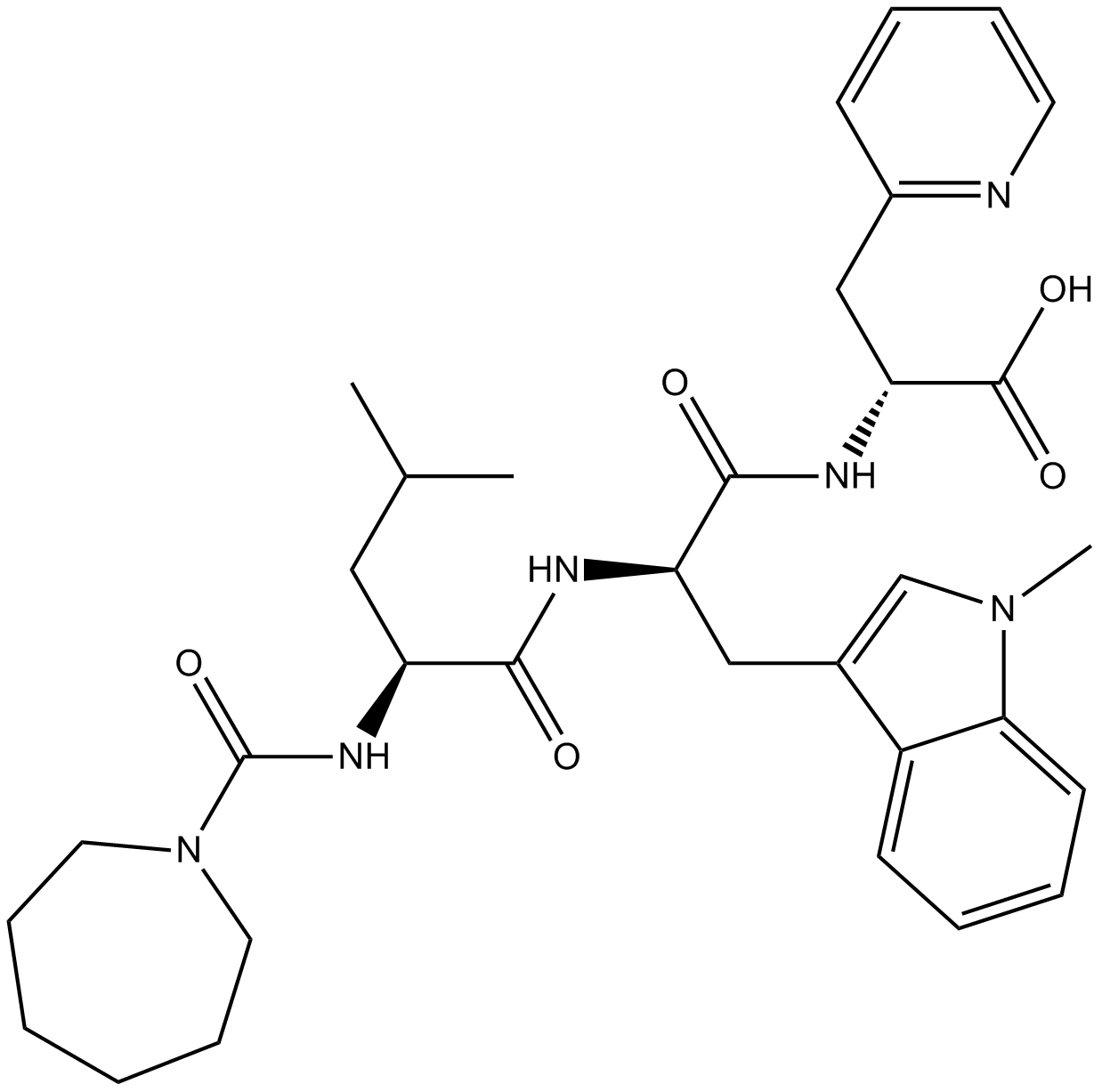 B5082 FR 139317Target: endothelin receptorSummary: highly potent and selective ETA endothelin receptor antagonist
B5082 FR 139317Target: endothelin receptorSummary: highly potent and selective ETA endothelin receptor antagonist -
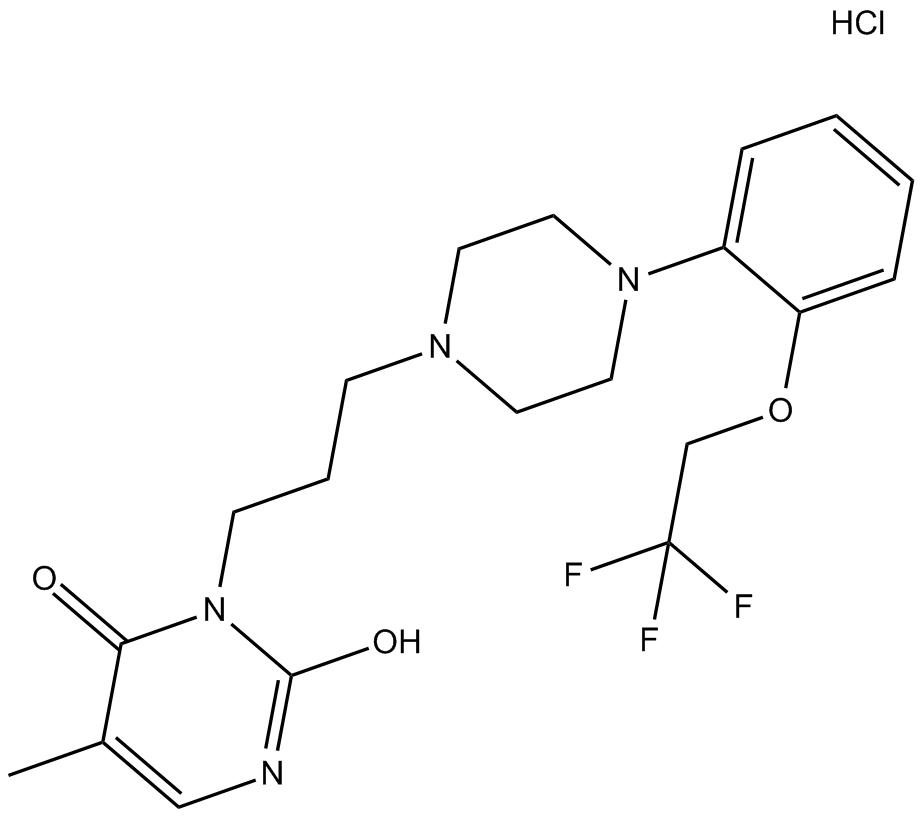 B5091 RS 100329 hydrochlorideSummary: Subtype-selective α1A-adrenoceptor antagonist
B5091 RS 100329 hydrochlorideSummary: Subtype-selective α1A-adrenoceptor antagonist -
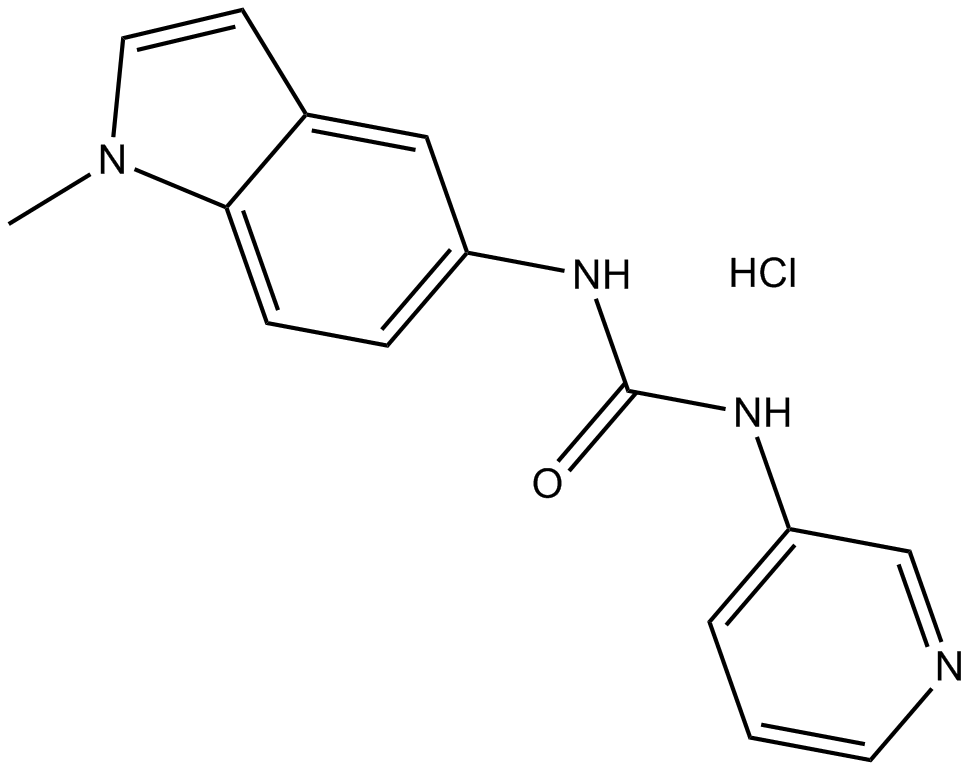 B5104 SB 200646 hydrochlorideSummary: 5-HT2C/2B receptor antagonist
B5104 SB 200646 hydrochlorideSummary: 5-HT2C/2B receptor antagonist

